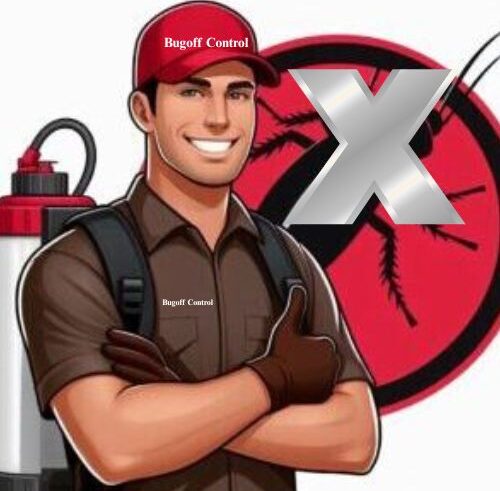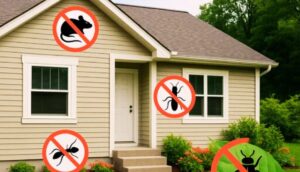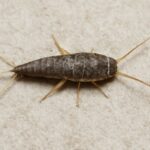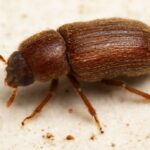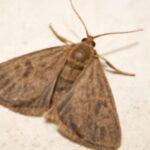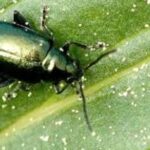Pre-Storm Pest-Proofing Checklist

When hurricane season rolls in, most homeowners focus on boarding up windows and stocking supplies but one crucial step often gets overlooked: pest-proofing. Hurricanes and floods don’t just damage property; they drive pests like roaches, rats, mosquitoes, and termites straight into your home. Floodwaters flush them from their natural shelters, and your dry, food-filled house becomes the perfect hideout. That’s why pest-proofing your home before the storm is just as important as securing your roof.
Preparing for pests during storm season doesn’t have to be complicated. Simple actions like sealing cracks, clearing gutters, and storing food properly can go a long way. Using weatherproof materials, screens, and even natural repellents makes your home less attractive to invading insects and rodents. Whether you’re living along the coast or in a flood-prone inland area, taking preventive steps can save you from costly infestations down the line.
Once the storm has moved on, stay alert—leftover water, damp wood, and hidden damage can quickly invite unwanted pests into your home. Quick action—like removing debris, drying out your home, and doing a post-storm pest check—is key to staying protected. By pest-proofing your home before and after hurricanes or floods, you’re not just keeping critters out—you’re creating a safer, cleaner living space for your family.
1. Seal Entry Points
Walk around your home. Check for cracks, holes, or gaps in:
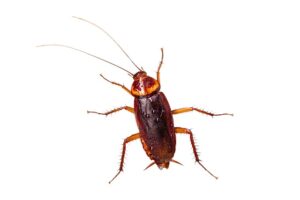
- Doors and windows
- Foundations and walls
- Roof edges and vents
- Utility lines (cable, water, electrical)
Use weather-resistant caulk, steel wool, or foam sealants. Don’t forget garage doors and attic vents.
2. Install Door Sweeps and Weather Stripping
Gaps under doors are a highway for pests. Install door sweeps and check your weather stripping for wear and tear. Replace if damaged.
3. Clear Gutters and Drains
Blocked gutters cause water buildup. This not only damages the roof but also becomes a breeding ground for mosquitoes and attracts cockroaches. Clear debris before the storm hits.
4. Secure Trash and Food Sources
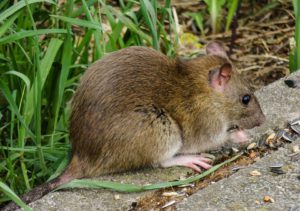
Rodents and roaches love easy meals. Before evacuating or during storm prep:
- Empty trash bins
- Store food in sealed containers
- Clean under appliances and sinks
5. Treat Your Yard
Trim bushes, cut tall grass, and remove yard debris. This reduces hiding spots for pests. If possible, apply pet-safe outdoor pest repellents to keep bugs at bay.
What to Do Right After a Hurricane or Flood
Storm over? Don’t relax just yet. Post-storm pest control is just as critical.
1. Remove Standing Water Immediately
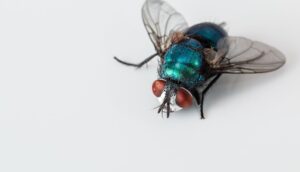
Mosquitoes can lay their eggs in just a few inches of water. Remove water from:
- Buckets and planters
- Gutters and birdbaths
- Flooded crawlspaces or basements
Use fans or dehumidifiers to dry damp areas quickly.
2. Inspect for Structural Damage
Floods and winds can open new entry points. Look for cracks in walls, broken vents, or warped doors and windows. Seal them ASAP.
3. Call a Pest Control Professional
If you see signs of infestation—droppings, chewed wires, nests—don’t wait. Call a licensed pest control service familiar with storm-related infestations.
Eco-Friendly Pest-Proofing Tips
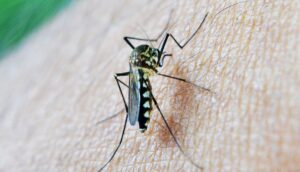
Concerned about pets or kids? Try these natural options:
- Essential oils like peppermint, citronella, and eucalyptus deter many bugs.
- Diatomaceous earth kills crawling insects without harming pets.
- Cedarwood mulch naturally repels bugs when used in landscaping.
- Screens on windows and vents keep bugs out while allowing airflow.
10 Frequently Asked Questions (FAQs)
1. Why do pests increase after a hurricane?
Storms destroy their outdoor homes. Pests seek shelter, food, and dry places—your home becomes the perfect spot.
2. How soon after a flood should I pest-proof my home?
Start immediately. As soon as it’s safe to return, begin drying out and sealing up your space.
3. What pests are most common after floods?
Cockroaches, mosquitoes, rats, and snakes are typical. Moisture also attracts ants and termites.
4. Is pest control safe after flooding?
Yes, but opt for professional help. Many pest control companies use treatments that are flood-safe and pet-friendly.
5. Can I use DIY pest control methods after a hurricane?
Yes—start with drying, sealing, and natural repellents. However, for larger infestations, you may need expert help.
6. How do I keep mosquitoes away after flooding?
Dump all standing water, use larvicide in water you can’t remove, and install window screens. Mosquito dunks are safe for pets and effective.
7. Will flood damage increase the chance of termites?
Yes. Flood-weakened wood attracts termites. Inspect your foundation and wood structures carefully.
8. What should I do with food exposed to pests post-storm?
Dispose of it. Contaminated food can carry bacteria or diseases. Always err on the side of caution.
9. Are pest issues covered by home insurance?
Usually not. Most policies exclude pest damage. However, flood-related repairs that indirectly lead to pest access might be covered.
10. What’s the best long-term pest-proofing solution?
Regular home maintenance: seal cracks, install screens, manage moisture, and schedule routine pest inspections.
Final Thoughts: Stay Ready, Stay Pest-Free
Hurricanes and floods are hard enough. The last thing you need is a pest invasion afterward. By preparing before the storm, acting quickly after, and using a mix of DIY and professional solutions, you can protect your home, your family, and your peace of mind.
If you haven’t already, create a storm-ready pest control checklist. Stock up on supplies, seal those entry points, and don’t forget to walk your home after every major weather event.
Looking for reliable, pet-safe pest repellents? Check out our Amazon pest-proofing picks for the best tools to get started today.
Stay safe. Stay dry. Stay pest-free.
